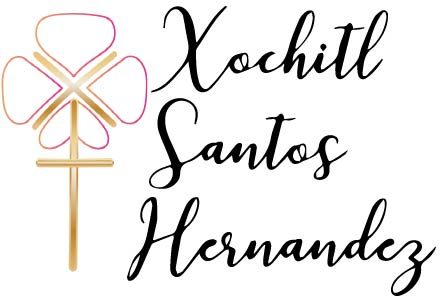In response to the readings in Making Documentary Films and Video by Barry Hampe, I feel much more prepared when creating my own documentary for this class. I am passionate about storytelling and believe that documentary film making is the ultimate form of storytelling since it utilizes every dynamic medium: audio, visuals, interviews, information, music, and more.
It is vital to understand how to affectively create a documentary. What Hampe described in his book was that several filmmakers are guilty of certain over doings in creating their documentaries such as having too long and uninteresting interviews, not enough graphic footage, or the opposite; too much visual footage. Effective documentaries are not created from posing the question “what do I want to create” but rather “what will I show?” Similarly, interviewing should not be based off of “what am I going to ask in the interview” but rather “what will I show?” I myself have made the mistake of asking myself “what will I ask?” instead of “what will I show?”
There is a difference between B-roll footage and visual evidence. B-rolls are visuals and candid footage that help illustrate the story which is different than visual evidence which helps prove concretely what the documentary is trying to communicate. B-roll footage and visual evidence is necessary for documentaries in order to convey truth rather than mindless babble and a superfluous amount of hearsay from “talkumentaries.” I don’t believe that Hampe is negating the validity of interviewing because interviews from experts and lay people are important to help tell a story and move a point forward but it is vital to include a balance of interviews and B-roll footage supported by reliable research for an effective documentary.
In documentaries, representation of integrity and ethics matters. I agree with Hampe that while editing obviously has to be taken into consideration when creating a multimedia format such a documentary, one should not edit to the point where a story is altered. It means keeping the main point or truth of an interviewee’s story intact and not twisting their words or vulnerability for personal gain. Being sensitive to the story and its validity, whether the creator agrees with it or not, must be maintained in the capturing of interviews and footage. The saying “the camera does not lie” is not necessarily true because a camera can distort an image it captured without explaining intent or background behind the image and can also be misunderstood if the footage is poorly edited or manipulated.
In the world of documentary, I myself as a creator am passionate about portraying the truth and telling the story with integrity, validity, divergent dynamisms, and sensitivity to its multimedia purposes.
